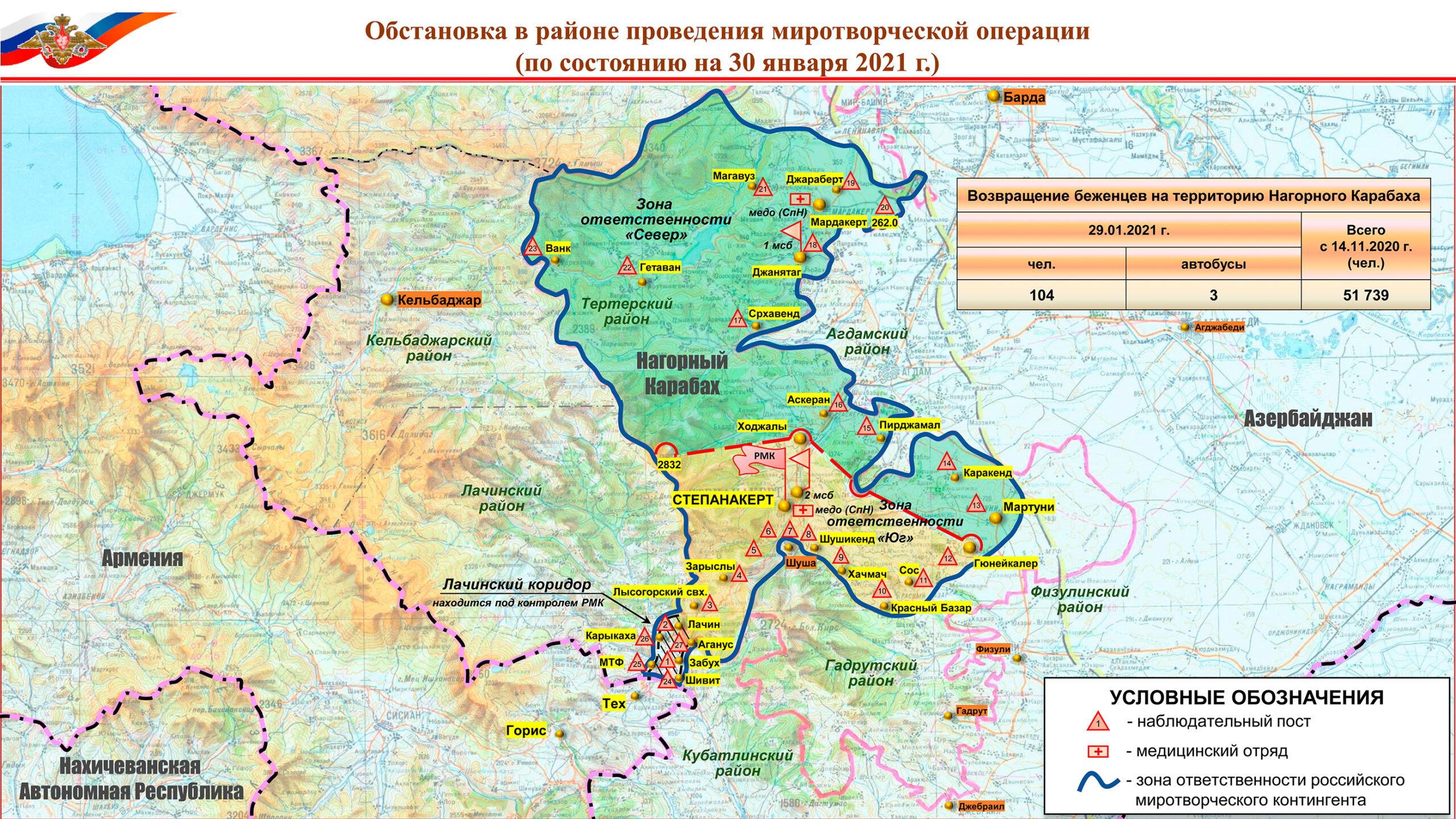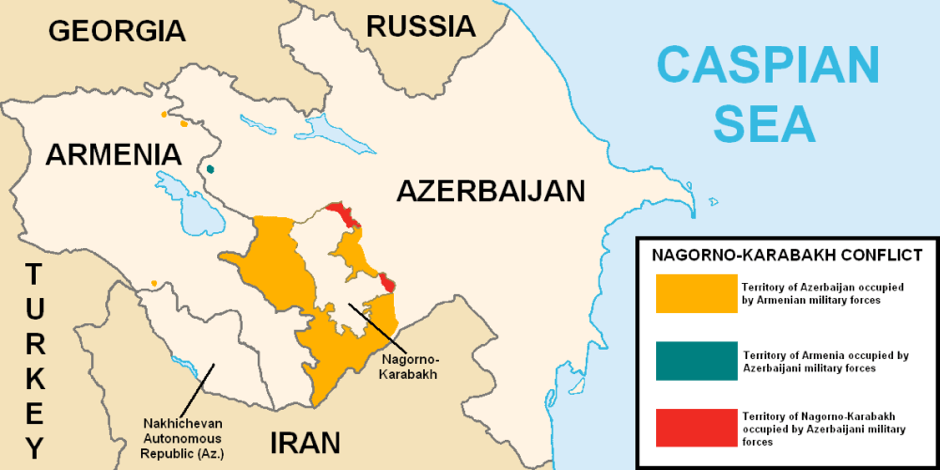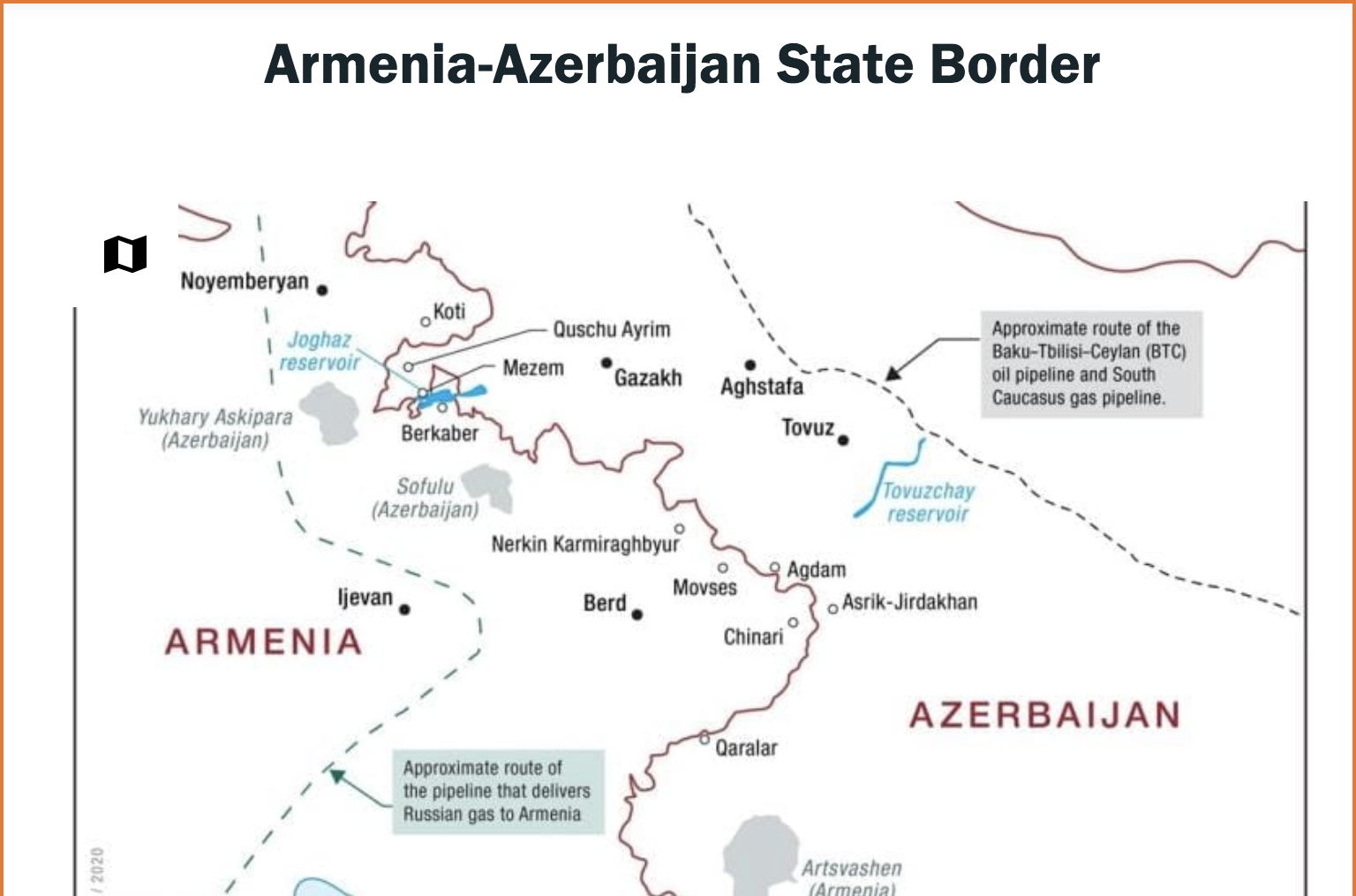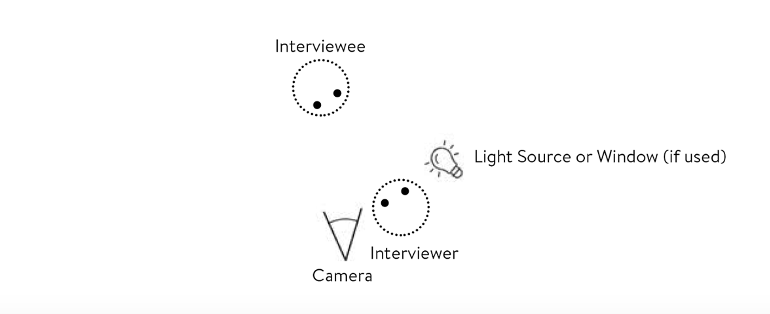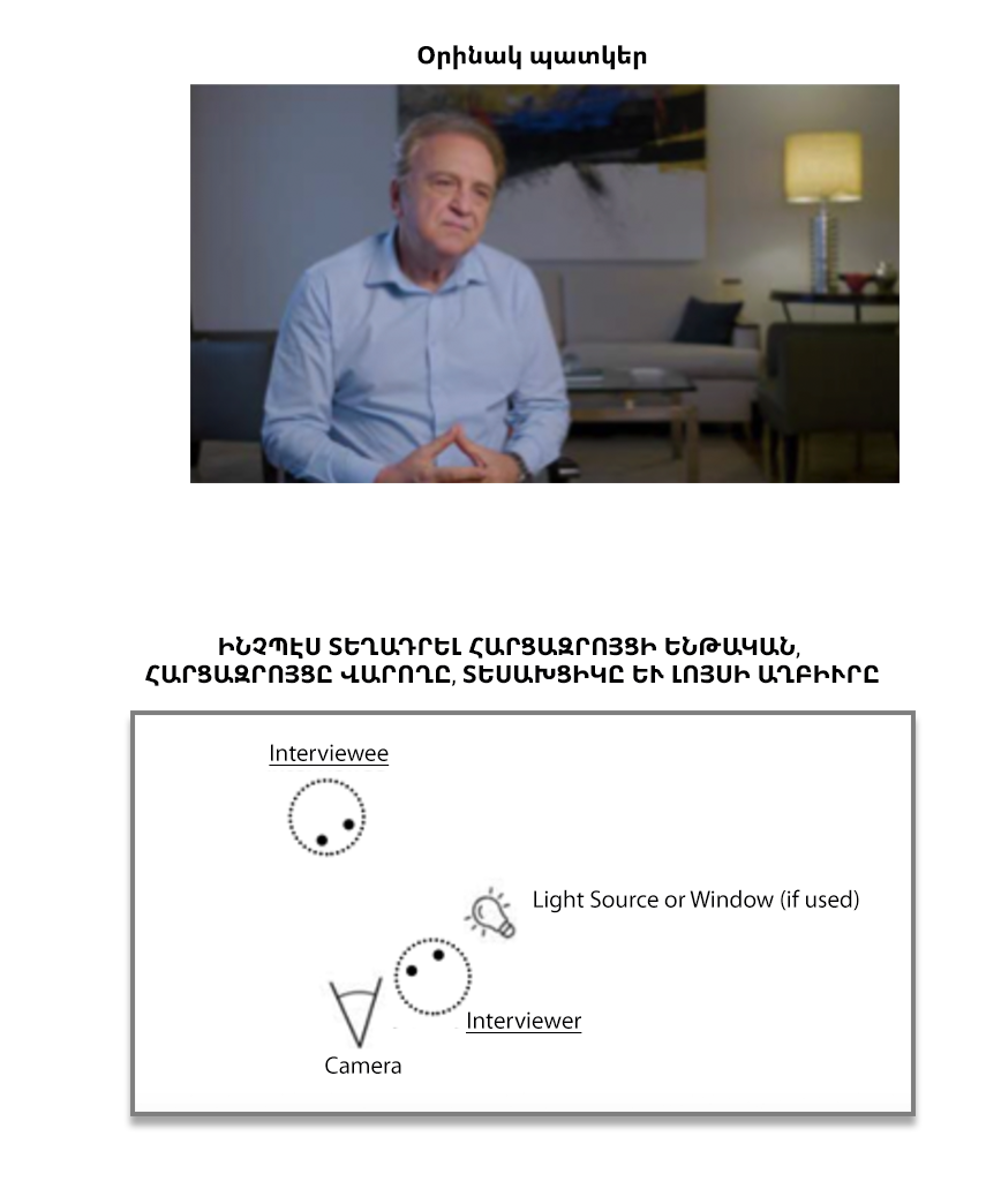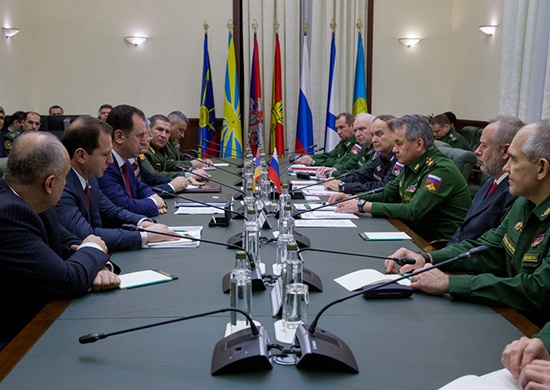
By Emil Sanamyan
On December 1, defense ministers of Armenia and Russia signed a new agreement on the Armenian-Russian Joint Group of Forces, outlining its objectives and command structure. Since it was first publicized by the Russian government weeks earlier, many in the media and among the regional experts speculated that the agreement implies subordination of the Armenian military to Russia or otherwise restricts Armenia’s sovereignty.
In fact, the agreement itself does little to alter the status quo established since Russia’s military presence in Armenia was formalized through a series of bilateral agreements in the early 1990s. At the time, the Russian military’s mandate was focused on a potential threat from Turkey, whose leaders refused to establish diplomatic relations with Armenia, imposed a land blockade and on a few occasions threatened an invasion.
From the start presence of the Russian base in Armenia implied joint activities with the Armenian military. The joint Russian-Armenian Group of Forces was formally established in 2000, involving the Russian base in Armenia and elements of Armenia’s then newly-established 5th army corps, deployed along the border with Turkey. The group has held regular joint exercises, most recently last October, with the group’s composition fluctuating, depending on exercise objectives.
While the joint group’s war games have been invariably led by Armenian military officers, the new agreement formalizes this and establishes a permanent command structure. Per latest agreement the group’s command will be appointed by Armenia’s leadership in consultation with the Russian president. In peacetime, the command is to be subordinated to the general staff of the Armenian military. In war-time, depending on threat conditions and through mutual agreement, the group could be subordinated to Russia’s Southern Military District or remain under Armenian general staff’s command.
Originally based on Soviet legacy motor-rifle division in Armenia’s second-largest city, Gyumri, Russia’s base in Armenia now includes both a ground forces element and an aviation group with an estimated 5,000 in personnel. In 2010, Russia and Armenia agreed to extend the basing agreement from 2020 to 2044. Russia has since refurbished its MiG-29 squadron with upgraded aircraft and in 2015 additionally deployed a Mi-24/Mi-8 helicopter squadron. The ground forces have also been substantially rearmed, now including heavy rocket artillery and reconnaissance drones. Russia also stepped up weapons transfers and sales to Armenia.
In 2014, reflecting the new obligations under the 2010 extension agreement, the Russian base command said for the first time that Russian forces could become involved in fighting in case of an Azerbaijani attack on Nagorno Karabakh (and not just against Armenia proper).
At the same time, in addition to firming up its presence in Armenia, Russia has sought to woo Azerbaijan into its security orbit, approving sales of more than $4 billion worth of weapons to the country. This has been the source of increased dissatisfaction in Armenia, especially after last year’s escalation of fighting in Karabakh. Members of the Armenian parliament have questioned the benefits of military cooperation with Russia and Armenian leaders criticized weapons sales to Azerbaijan.
The Russian base itself also became a source of controversy two years ago, after a Russian serviceman fled from the Gyumri base and murdered a local family. There were angry public protests over which country should have custody over the suspect. The murderer has since been prosecuted both by a Russian military tribunal and an Armenian court and sentenced to life in prison. The case also highlighted recurring discipline problems at the base.
While the new Armenian-Russian agreement offers a legal framework for how Russian forces would coordinate with the Armenian military in peacetime, what actually happens in case of foreign aggression is likely to depend on political expediencies and other priorities. Russian forces in Armenia are also restricted in their actions by Armenia. In August 2008, for example, they were not involved in military operations against Georgia.
Just as Armenia has reservations about fighting against potential enemies of Russia, Russia is not particularly eager to fight for Armenia, unless such involvement would seem to serve Russian interests as well.



